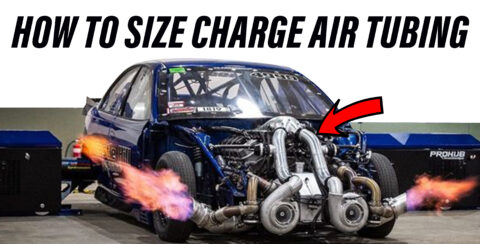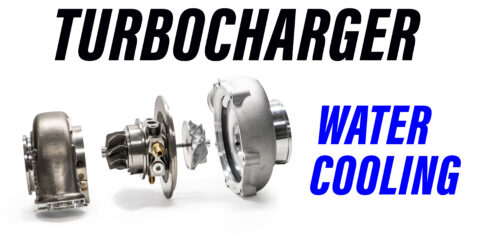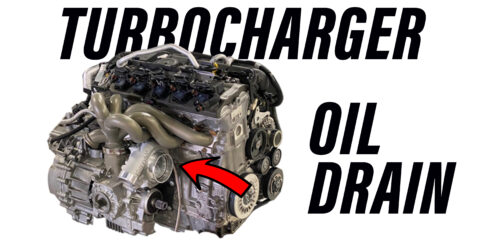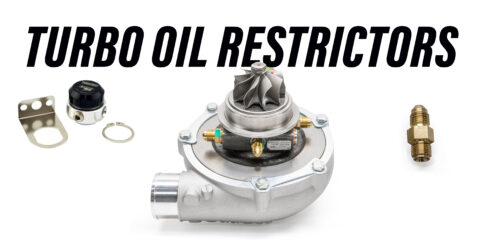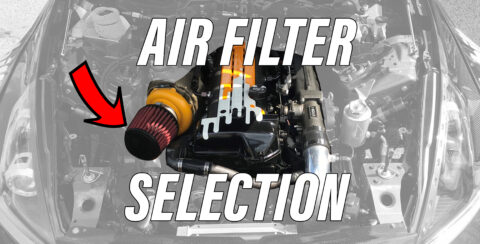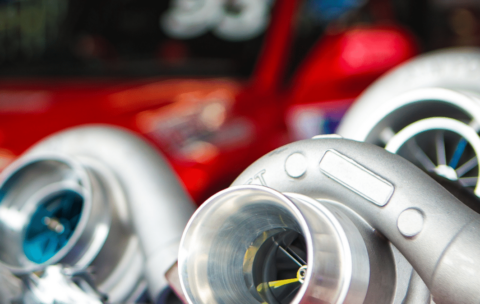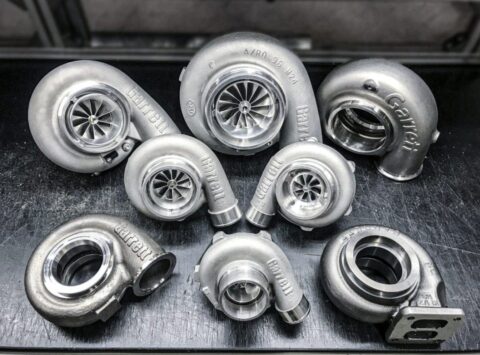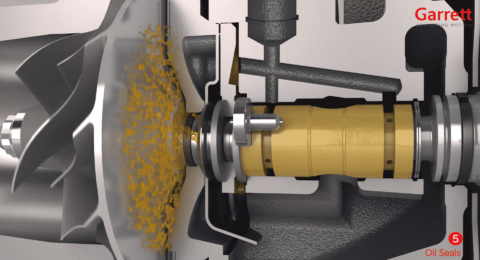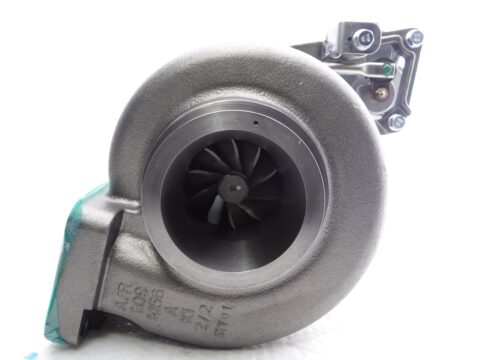Let's Connect
Sign up to receive exclusive communications about offerings, events and news,
surveys, special offers, and related topics via telephone, email, and other forms of
electronic communication (e.g., communications through social media platforms),
collectively “marketing communications”.
If you would like to be unsubscribed from marketing e-communications*, from Garrett
Motion Inc, click here.
*Marketing communications refers to communications about offerings, news and events, surveys, special offers, and related topics via telephone, email, and other forms of electronic communication (e.g., communications through social media platforms).
If you are a current customer, you will not be unsubscribed from transactional and other non-marketing communications, such as communications containing important information related to a product or service you have purchased.
If you would like to unsubscribe from all marketing communications from Garrett Motion Inc. and its affiliates and subsidiaries, click here.
